Characteristics of cutters for a mini-tractor and tips for choosing them
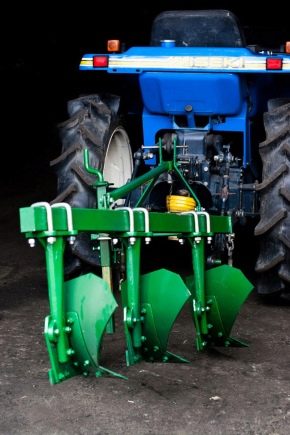
Agricultural mechanization has long been the norm. A variety of mounted agricultural implements are produced: plows, hillers, seeders, harrows, mowers and much more. A trailer is used to transport all kinds of goods.
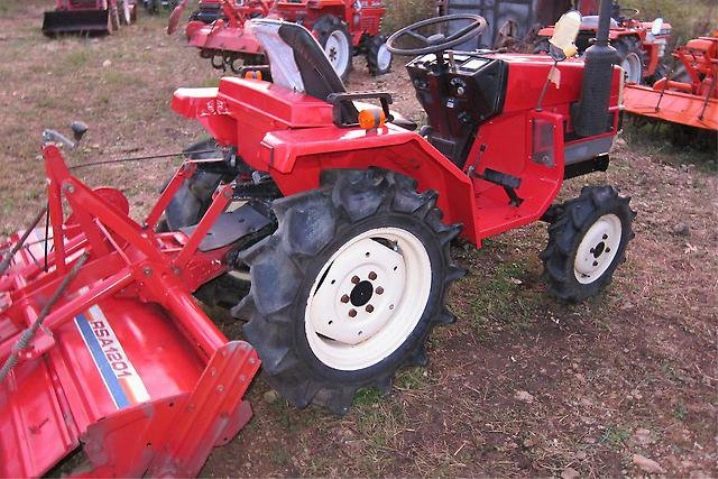
One of the most popular and demanded attachments for a mini-tractor is a rotary tiller, which is often called simply a milling cutter. There are quite a lot of various models of this device on sale, most manufacturers strive to universalize their products, so it will not be difficult to find a suitable tool.


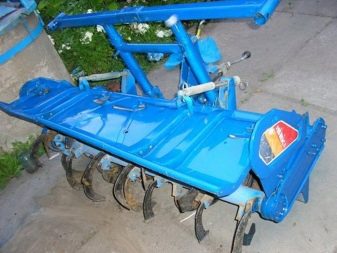
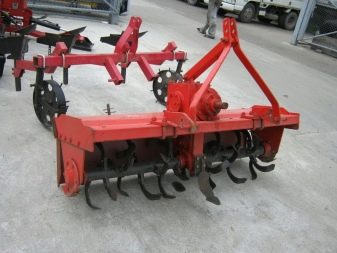
Application
The scope of the rotary tiller is quite extensive, this is due to its main function - loosening the soil. Aggregates have been produced for a long time, initially they were thought of as a mechanism to facilitate the processing of row spacings. The milling cutter was called inter-row. It was used where no other agricultural machine would fit. However, it soon became clear that the scope of the rotary tiller was not limited to this. It has become especially effective in small areas where it is impossible to use a large tractor. So the milling cutter became the main attribute of the mini-tractor.
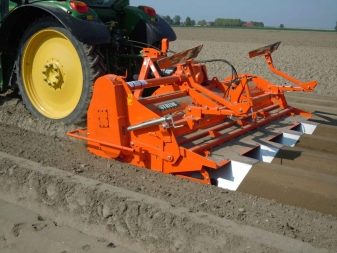

In the spring, this unit replaces a shovel when digging a vegetable garden. The work of the cutter is similar to the work of a hand shovel, that is, the tool is immersed in the ground, lifts and turns it over, while the width of the area being processed at the same time can be from 80 cm to 1.5 meters. You can use this attachment for processing virgin lands, forming ridges, weeding, hilling. A mini tractor with a milling cutter will perfectly cope with compacted as a result of flooding or dry land.
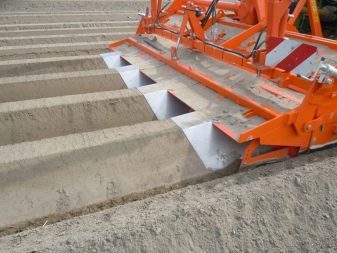
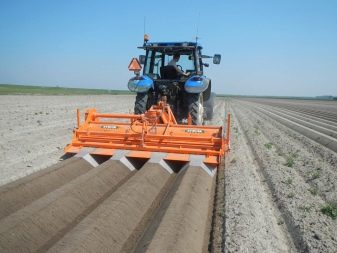
The disadvantage of the milling cutter, in contrast to the processing of the soil with a hand shovel, is considered by some gardeners to spray the soil. On light soil, the operation of the machine is indeed associated with this unpleasant factor, but it can be avoided if you do not miss the moment and work on slightly damp soil.
The rototiller is quite effective when applying fertilizers to the soil - it allows you to evenly mix the ingredients. She copes well with weeds. And the loose soil is easily saturated with oxygen, which prevents the spread of unwanted microflora. The cutter passage ensures complete soil cultivation and, as a rule, does not require additional operations. The depth is adjustable from 5 to 20 cm. These values are quite enough.
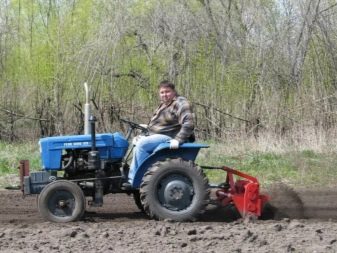
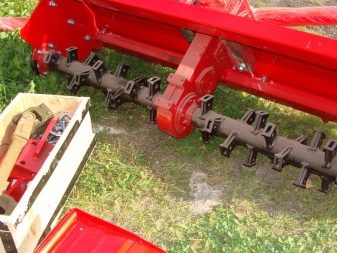
Traditionally, in the space of the former USSR, Belarus is engaged in the production of rotary tillers, primarily for mini-tractors of its own production. However, due to the universalization, the products can be used on tractors from other manufacturers. The cutters loosen the soil to a depth of 120 to 200 mm. The working width, depending on the model, ranges from 450 to 1250 mm. Depending on the size of the unit, its weight also changes. The use of a rotary tiller can be limited by the capabilities of a mini-tractor.
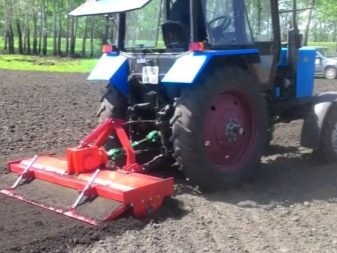
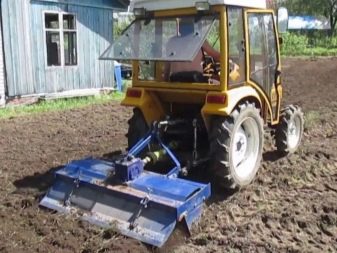
Device
A rotary tiller for a mini-tractor is a simple mechanism. Moving units are attached to the support frame; the casing protects from dust and dirt getting into the mechanisms. When the unit is moving, the torque is transmitted from the wheels to the drive shaft, which rotates the milling drum with knives.There is another version of the cutter device, when power is taken directly from the tractor engine, and the force is transmitted through an intermediate gearbox. The depth to which the knives cut is adjusted by the support wheels. The frame is rigidly connected to the hinged system of the tractor.
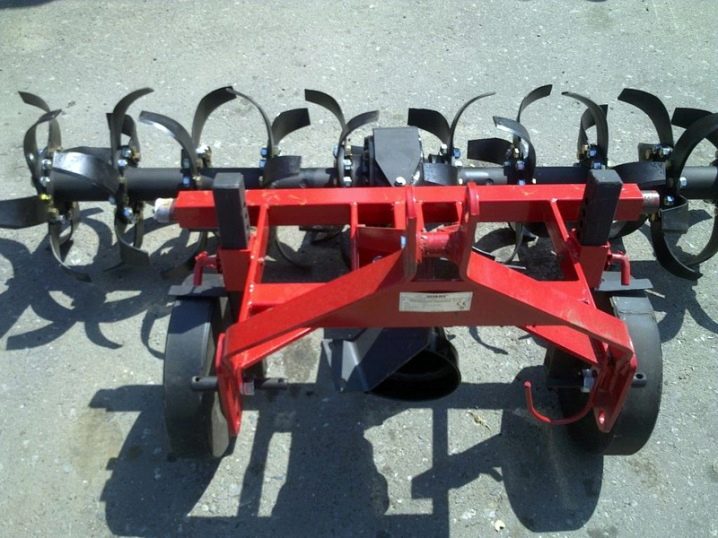
The protective cover not only protects the working units of the cutter, but also the tractor driver from dust flying out from under the knives and all sorts of unexpected inclusions (sticks, brick fragments, stones, etc.).
What rotary tillers are
Mills, despite the similarity of the principle of operation, may differ in a number of parameters. The number of knives and their shape vary considerably. The more complex shape of the cutting parts, as a rule, increases the efficiency of the entire unit, especially in the fallow areas. Knife cutters can be divided into two types.
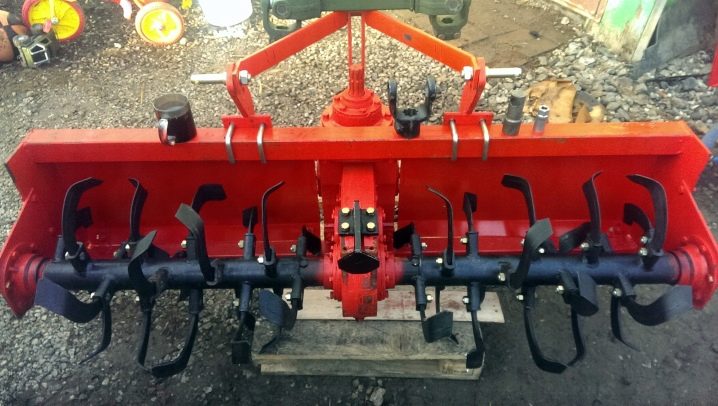
Most often, cutters with saber knives are on sale. Such a device is the most versatile. The cutter can easily work even on stony ground. These knives, in turn, are divided into three groups depending on the shape and, accordingly, the application.
- Simple (standard) - applied on light soil, not contaminated with weeds.
- Crescent - used when working with more dense soil.
- Chisel - have a large mass and are suitable for processing heavy or stony soil.
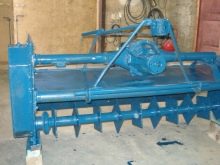

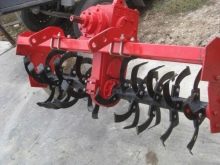
Correctly (depending on the characteristics of the soil) selected blades will extend the life of the unit. Another variant of the shape of the knives is the so-called crow's feet. This shape of the knives allows the processing of weed-infested soil, destroying unwanted vegetation. Such a cutter can "lift" virgin soil. However, unlike the previous type, such a milling cutter experiences heavy loads and often needs to be repaired. When purchasing this, in fact, a very efficient unit, you need to buy spare parts in advance, first of all the knives themselves, as well as bearings that take on most of the load.
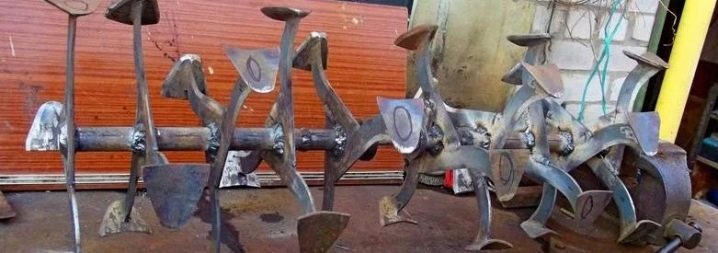
Both types of milling cutters perfectly loosen the soil, they can mix the soil efficiently and evenly when applying fertilizers.
The vertical rototiller looks quite exotic. Its general design differs little from conventional horizontal machines, but the force through the gearbox is transmitted not to one common horizontal drum with knives, but to a number of separately rotating vertical nozzles. The device is effective for surface loosening of the soil, and it also destroys weeds well, but it cannot provide deep tillage.
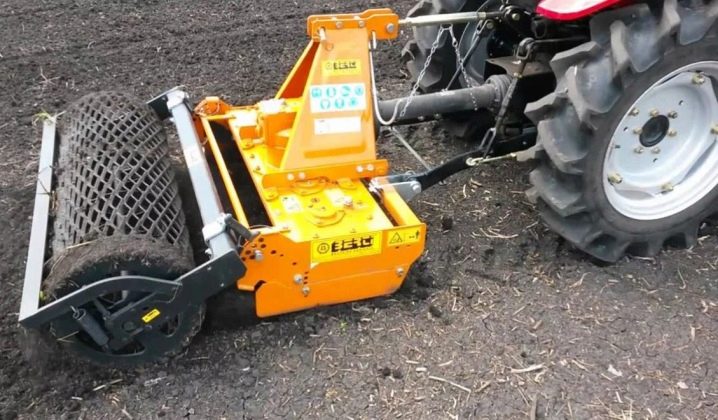
Maintenance and operation rules
The operation of a rotary tiller involves a lot of effort on its blades. Their working surface, experiencing the resistance of the soil, can quickly become blunt or even break from contact with large stones and pebbles. When choosing knives to replace broken or worn-out ones, you need to pay attention to their manufacturer. The quality of the steel is the most important factor in the performance of the machine. It is better to protect yourself from unpleasant surprises and not experiment with unknown brands.

When installing knives on a cutter, you should carefully read the instructions. Incorrect installation can cause the failure of the entire far from cheap unit. After finishing work, the knives, like other parts of the machine, must be thoroughly cleaned of dust and dirt. Adhered earth can cause corrosion. When storing the mechanism for the winter, when it will be inactive for several months, it is advisable to lubricate all the nodes. The knives must also be treated with a thick grease or wiped with oil.
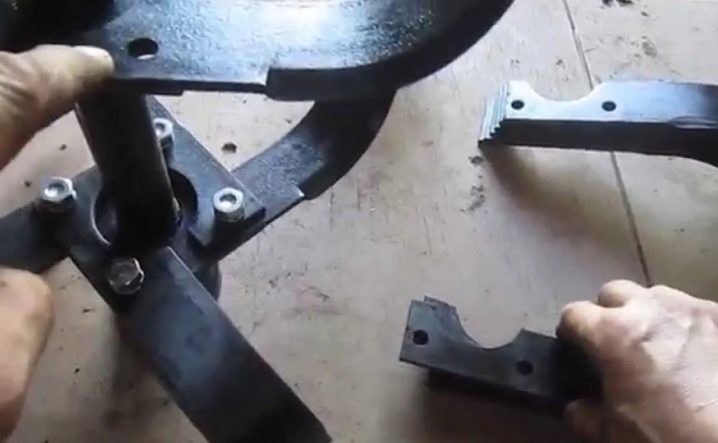
Subtleties of choice
When purchasing a milling cutter for a mini-tractor, you need to pay attention to a number of features.
- Examine the coupling mechanism, as this unit can vary significantly from model to model.A mistake will be quite expensive, and attempts to adapt an unsuitable unit to your mini-tractor can cause a dangerous situation associated with the destruction of a homemade coupling mechanism.
- It is necessary to represent, at least in general terms, the properties of the soil, which is to be processed with the help of the purchased unit. This will limit the choice of replacement knives. It is hardly worth buying equipment that will not be in demand.
- The dimensions of the attachments are no less important. This parameter is limited not only by the capabilities of the mini-tractor, but also by the features of the area to be processed and storage conditions.
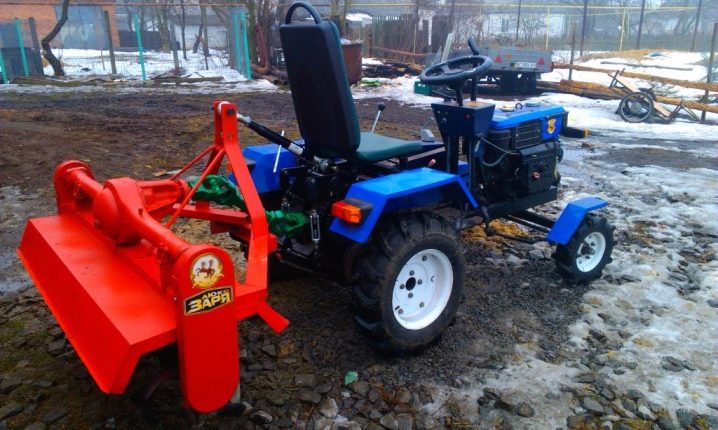
Homemade cutters
Despite the relative availability of industrial rotary tillers, home-made units are far from rare in the Russian open spaces. Deciding on such technical creativity pushes not only the economy. Sometimes the master tries to create not just the cheapest, but also the most convenient mechanism for him. To tackle such a difficult task requires certain technical skills, and if they are not there, it is better to give up right away, rather than go through a series of dangerous failures. The rotary tiller is an active agricultural mechanism and the quality of its units is a guarantee of safety, which must not be forgotten in any case.
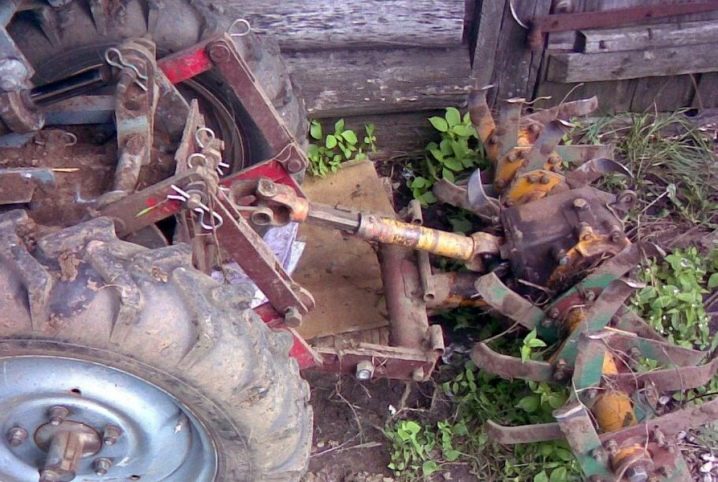
If, nevertheless, the decision to start self-manufacturing is adamant, it is better to take care in advance of preparing as many units as possible (shaft, gearbox, gears, etc.) from mechanisms that are suitable in function and size. Real craftsmen also prefer to make knives of a home-made machine on their own. A good result can be obtained by taking a spring from a car as a starting material.
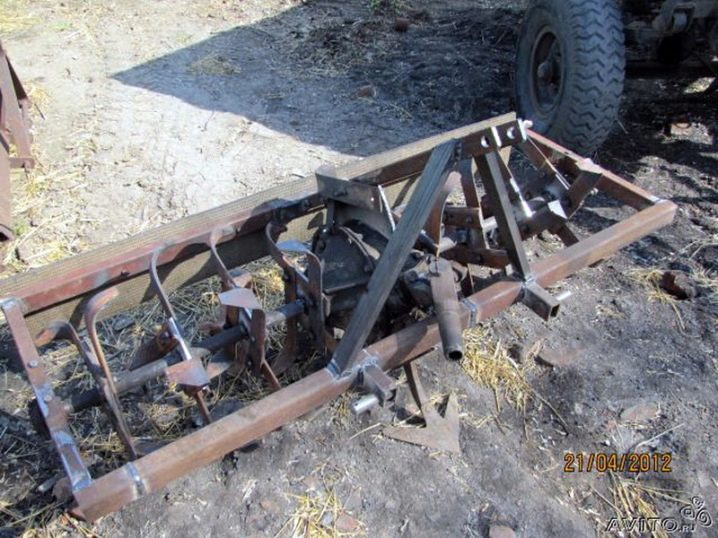
For information on how to make a homemade milling cutter for a mini-tractor, see the next video.



































































The comment was sent successfully.